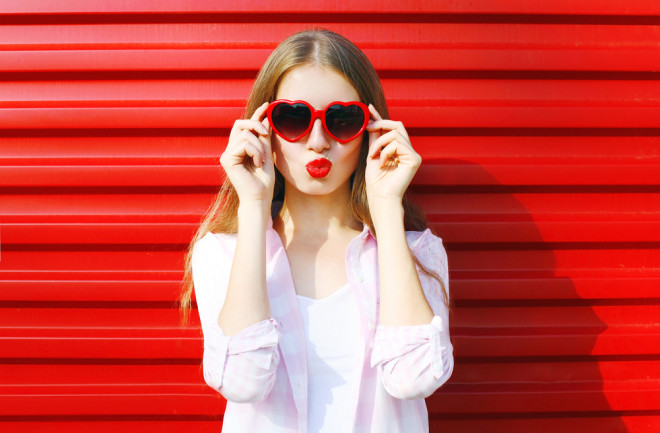From roses to lipstick to little Corvettes, many manifestations of red conjure thoughts of love and lust. The color is everywhere this time of year, in the hearts, flowers and other trappings of Valentine’s Day. There's no doubt that red and romance are entwined in our minds; what’s less clear is the reason for their connection.
One explanation is that human societies have paired the two for so long that we are now conditioned to think of them together. Researchers have found support for this in cultural traditions dating back millennia. Some scholars believe red ochre was used in fertility rituals by early Homo sapiens, perhaps painted onto women’s bodies and faces. To this day, bridal red is common in weddings from China to Northern Africa, and it’s mentioned in the Rigveda — an ancient, sacred Hindu text. This suggests the association between red and marriage in India is at least 3,500 years old.

